Insane Memorization Techniques for Studying in High School and Beyond
Here are some practical memorization techniques for studying to help you retain information effectively and improve your study habits.
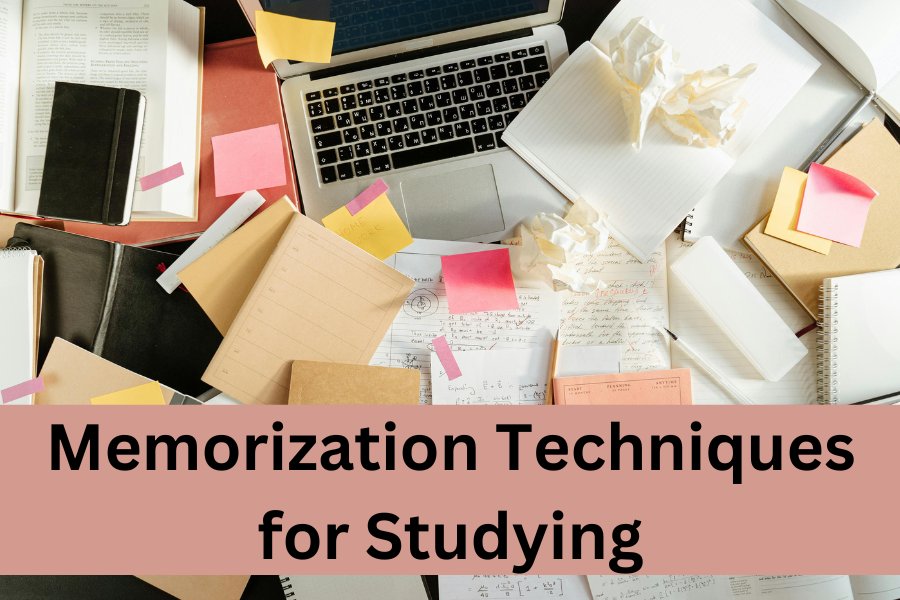
Effective studying is dependent on memorization, but let's face it: remembering a ton of material can be daunting. Especially when an important test or big deadline is approaching. A lot of students make the mistake of cramming in the hopes of learning everything at the last minute. BUT, true academic success depends more on how well you interact with the content than on how much time you spend reading. Memorization techniques for studying are useful in this situation. You can increase recall, strengthen your memory, and make study sessions less stressful. Just by using these memorization techniques for studying.
These memorization strategies will be effective for you if you're willing to use them. They'll emphasize useful approaches that make studying more efficient. Chunking technique breaks information into manageable chunks. Mnemonics help make difficult concepts stick. AND, vivid mental images help visualize data. These strategies are meant to make studying less of a chore and more of an empowering experience. You'll learn how to adapt these techniques to your preferred learning style, whether you're an auditory, visual, or hands-on learner.
These strategies will give you the skills you need to confidently and successfully retain information, whether you're studying for a high school history exam or getting ready for the SATs. Here are some memorization techniques for studying to change the way you study and get better outcomes!
This post is all about memorization techniques for studying.
Memorization Techniques for Studying
1. Active Recall
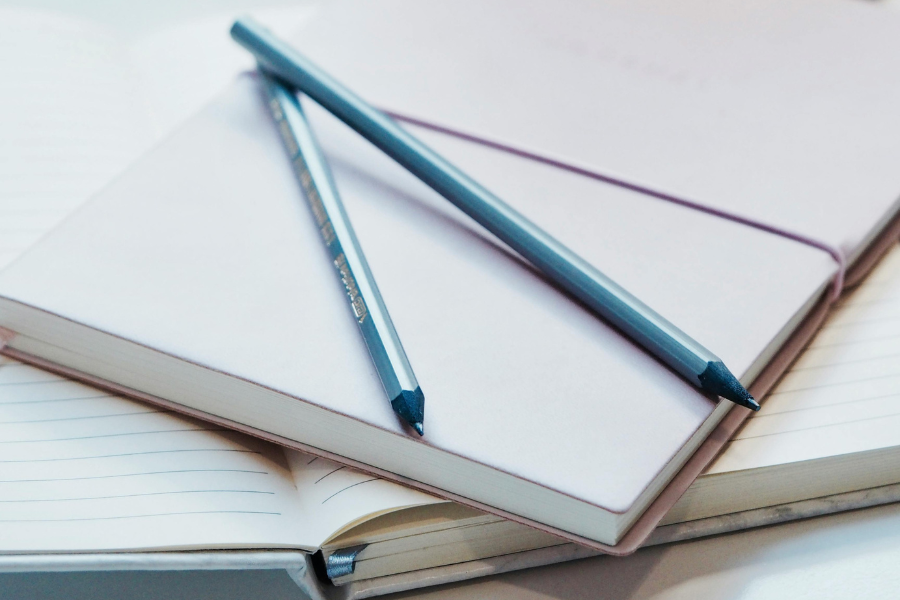
Active recall is one of the best methods for committing information to memory. Using it consistently is going to be the most helpful.
Don't simply go over a chapter in your textbook again or underline definitions. For example, if you're studying biology and learning about cell organelles. Close the book instead, and set a challenge for yourself: without looking, list every organelle and its purpose. After finishing, review your accuracy and continue until you've perfected it.
Even though they can be annoying to make, flashcards are an excellent tool for active recall. Forcing yourself to recall what's on the other side of the flashcard is an amazing example of active recall, and it's SO HELPFUL. Personalized quizzes that keep you interested can also be made with digital apps like Quizlet and Anki. As long as you actively assess your knowledge, active recall is effective in all subjects, from solving math problems to recalling historical dates.
2. Chunking
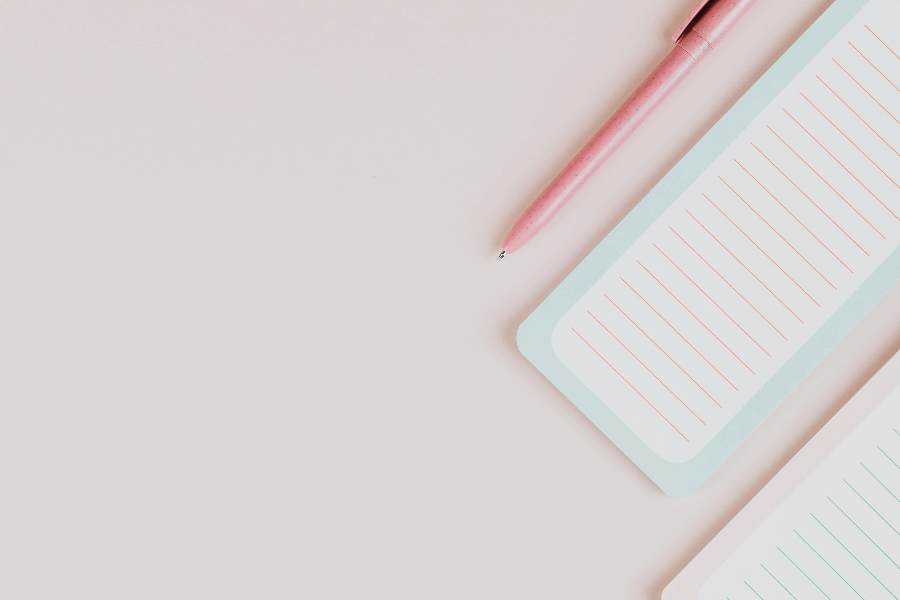
Even though the name sounds weird, chunking is a memorization technique where you divide complex information into manageable "chunks" to help with retention. It's mainly useful for learning sequences, such as dates, numbers, or steps in a procedure.
Like, if you have to recall the processes of photosynthesis: the absorption of light, the splitting of water, the release of oxygen, and the production of glucose. You can sort the steps into smaller clusters, like light-dependent and light-independent reactions, rather than learning them all at once. This method works well for recalling lengthy lists as well. Like grouping the presidents of the United States by century or important historical periods when learning them by heart.
Chunking changes intense study sessions into more doable assignments because our brains are better able to process smaller amounts of information at once.
11 Tips to Create the Most Effective Study Plan for Students
3. Mnemonics
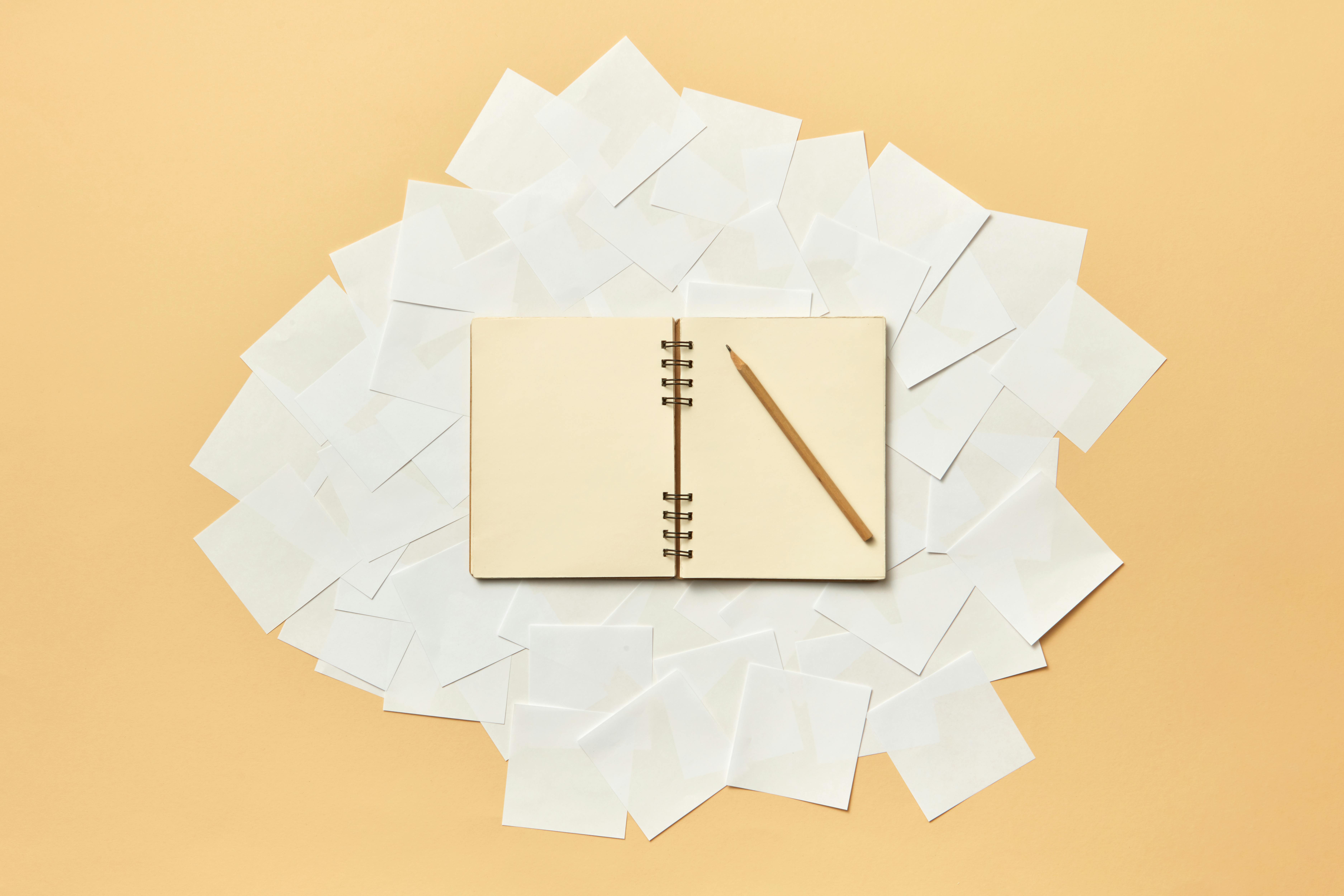
Mnemonics are memory aids, like acronyms, rhymes, or associations, that make difficult information easier to remember.
This is a more random example but, you can use the mnemonic "King Phillip Came Over For Good Spaghetti" to help you remember the order of taxonomic ranks in biology: Kingdom, Phylum, Class, Order, Family, Genus, and Species. During an exam, this can help you remember the hierarchy.
Your mnemonic is more likely to stick in your memory if it is humorous or vivid. By linking words to pictures or expressions in your native tongue, mnemonics can also help you learn vocabulary in a foreign language. They're pretty easy to create and they truly help with memory retention SO MUCH. This is one of the memorization techniques I swear by.
4. Loci Techniques
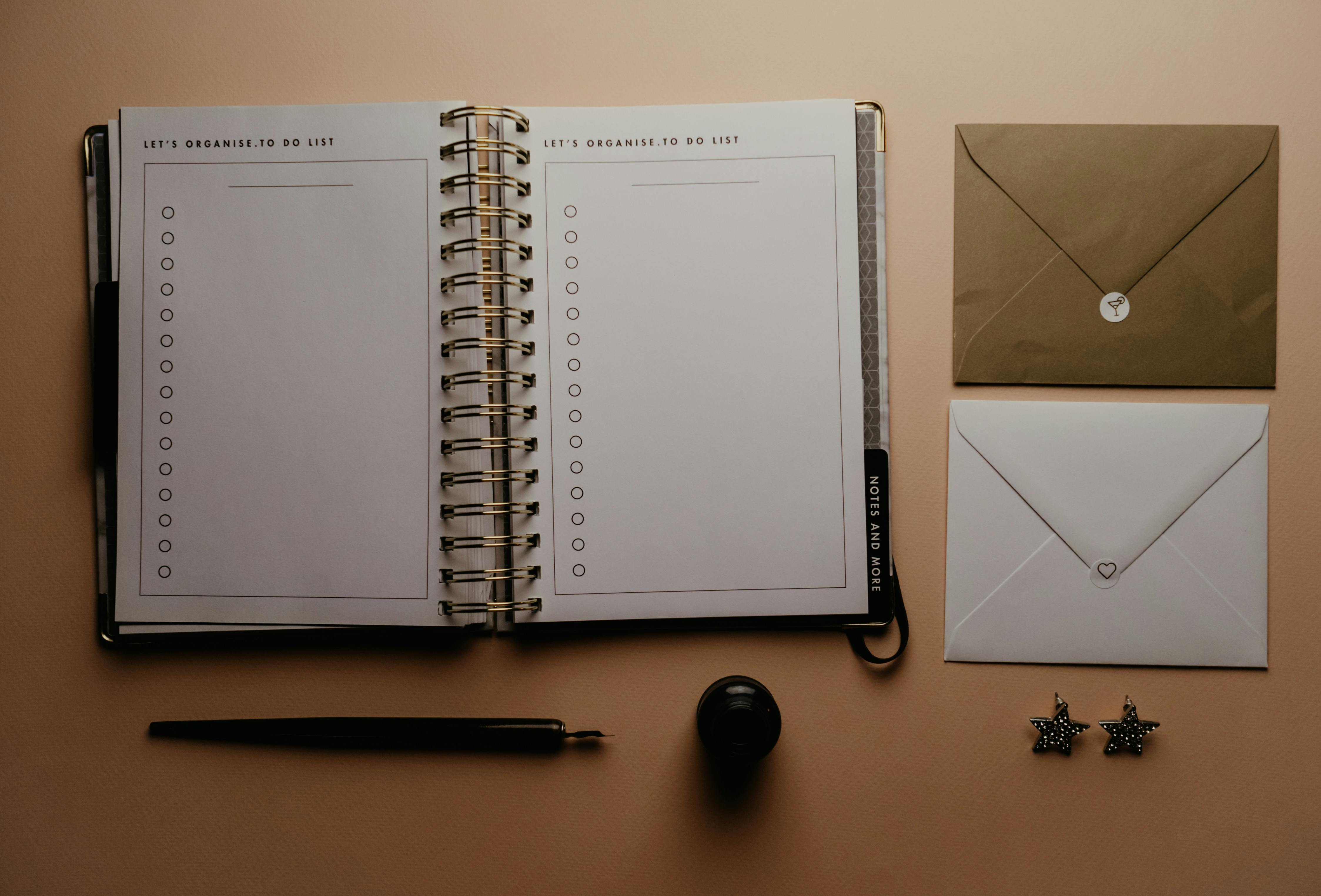
The Loci technique, or memory palace, is a pretty old method that uses visualization and spatial memory to recall information. This strategy is basically where you associate pieces of information with specific locations in a familiar space, like your house or a route you take daily. I first used this 5 years ago and haven't looked back. If this strategy clicks, it will change your life.
If you’re studying the stages of the water cycle (evaporation, condensation, precipitation, and collection), you could imagine evaporation occurring in your kitchen as steam rises from a boiling pot, condensation forming on your bathroom mirror, precipitation as rain outside your window, and collection as water pooling in your backyard. Again, this might seem like it won't work but it is one of my favorite memorization techniques to use.
When you need to recall the information, mentally walk through the house and retrieve each concept from its designated location. The vivid imagery and spatial connections make this technique particularly effective for complex or ordered information.
5. Visual Cues
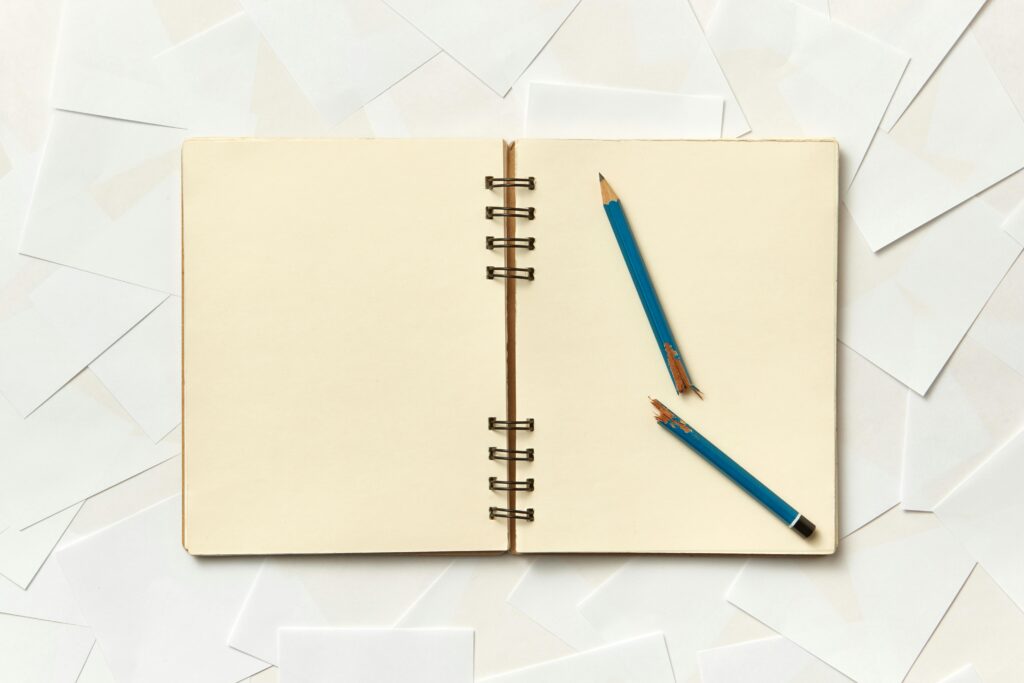
Visual aids like charts, graphs, and diagrams can make abstract ideas more concrete and understandable.
I used to use charts all the time in biology when studying the structure of DNA. You can label each component, like the phosphate groups, sugar, and nitrogen bases, and visualize the double helix using a colorful diagram. This is also helpful because when you're going to study for finals/any cumulative test you then have a ton of helpful charts to study from that you've been making over the school year. In subjects where relationships between data sets are crucial, such as science or math, graphs are extremely helpful.
Adding visual components to your notes improves comprehension and facilitates future recall.
11 Life-Changing High School Note-Taking Tips That Will Make You A Straight-A Student
6. Teach Others

Since teaching requires a clear and succinct explanation of concepts, it's one of the most effective ways to reinforce your understanding of a subject.
You can mentally arrange the information, pinpoint any knowledge gaps, and reinforce your understanding of the subject matter when you instruct someone else. Try explaining the main points or significant events about a topic to a friend. Make sure to use examples to illustrate your points. Presenting ideas to a friend or even a hypothetical audience is another way to act out the role of a teacher. Show a classmate how to solve a problem step-by-step in more complex subjects like math, explaining the importance of each step.
I will say this memorization technique work better for ELA classes than most STEM classes. However, it's important that you use these techniques in ways that work for you. So try it out in a bunch of different ways before you find how it works for you.
7. Stimulate Your Senses
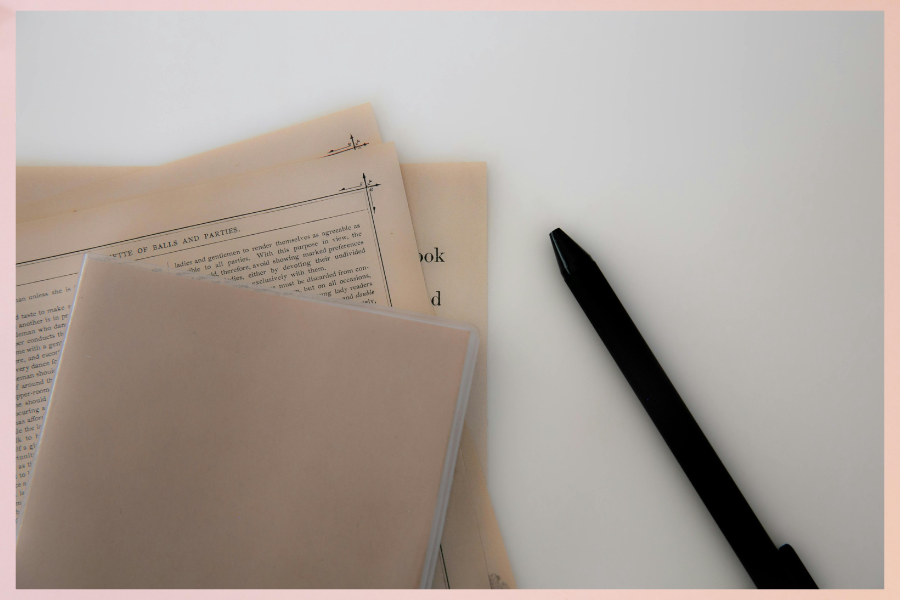
Incorporating sensory experiences into your study routine can improve memory.
Because the brain associates a particular flavor with the information you were learning, chewing a particular flavor of gum while studying and then chewing the same flavor during an exam can help you remember the information. In a similar vein, studying with a strong scent, such as peppermint or lavender, can be beneficial.
Your memory may be jogged by the scent if you bring the same scented object to the test. While studying, play instrumental tracks or natural sounds to establish an auditory connection with the content. Music can also be a helpful sensory aid. Just use caution when listening to lyrical music as it may divert your attention. Your brain is subtly triggered by these sensory cues so use that to your advantage.
The Ultimate Guide on: How To Get Straight A's in High School
8. SLEEP!!!

Sleep is crucial for memory consolidation! I know how hard it can be to consistently get a good night's rest. BUT, I've also seen firsthand just how important it is.
Your brain organizes and processes the knowledge you've acquired while you sleep, moving it from short-term to long-term memory. It may seem helpful to skip sleep in order to study, but doing that will backfire. Your brain won't have enough time to process the material. Instead, make getting seven to nine hours of sleep every night a priority, especially before tests. This can especially be helpful if you study something difficult to memorize right before you go to sleep.
Reviewing information an hour before bed helps improve memory retention because it sets up your brain to work on integrating the knowledge while you sleep. Naps are a great way to do this as well. Studies show that taking a quick 20–30 minute nap after studying can increase productivity and memory. Don't undervalue the power of sleep.
9. Rhyme
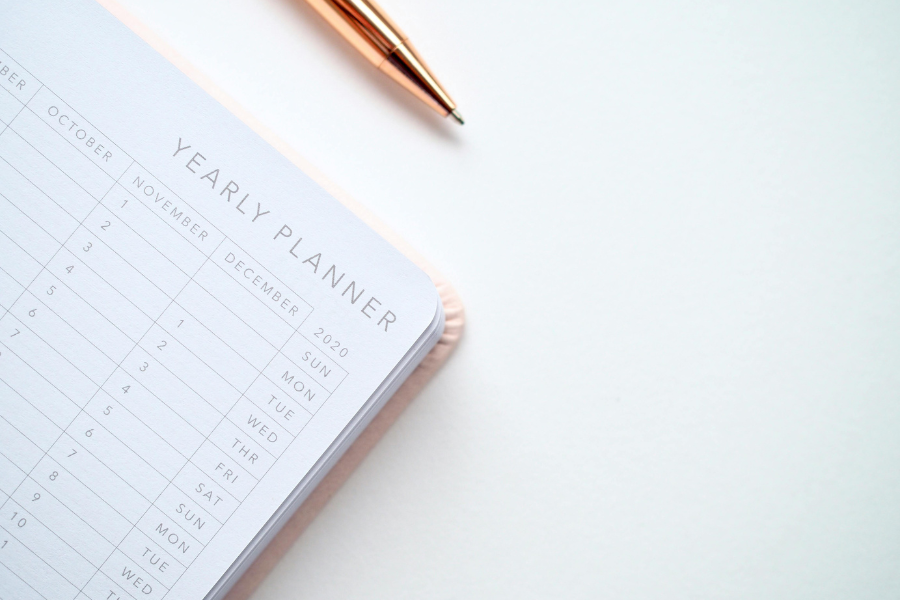
Rhymes help memorization SO MUCH, since they give the information you're trying to remember rhythm, repetition, and structure. Patterns appeal to the brain, and rhymes make lasting impressions on you brain.
The well-known rhyme "In 1492, Columbus sailed the ocean blue" makes it easy for everyone to recall an important historical event. Similarly, "Thirty days has September, April, June, and November" makes it easier to recall how many days there are in each month. Try making up your own rhymes while learning difficult material. You could make up a rhyme such as "Ask, observe, then hypothesize; test and conclude, to be wise" if you're studying the steps of the scientific method.
9 Study Strategies for Visual Learners Every Student Should Know